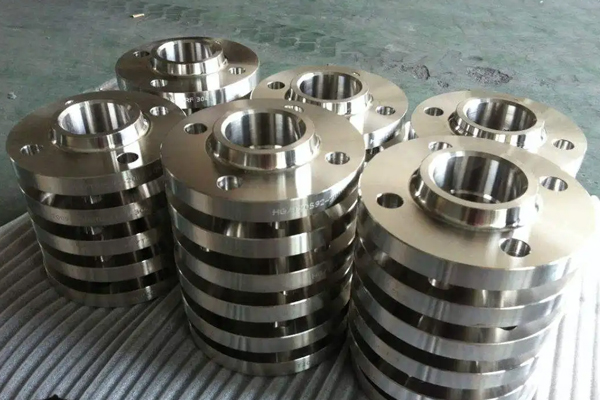1. There are four polishing methods of bi-phase steel flange: manual, mechanical, chemical and electrochemical. The corrosion resistance and decoration of the flange can be improved by polishing. The existing electric polishing fluid of stainless steel still uses phosphoric acid and chromic anhydride. In the process of polishing and cleaning, some chromium and phosphorus will be discharged into the wastewater, causing pollution to the environment.

2. Passivation film will be formed on the surface of duplex steel flange, and the oxide film will begin to dissolve. Because the surface microstructure of the duplex steel flange is not consistent, the slightly convex part of the surface is preferentially dissolved, and the dissolution rate will be higher than that of the concave part. The dissolution and formation of the membrane are almost at the same time, but their velocities are different. As a result, the surface roughness of the bi-phase steel flange is reduced, resulting in a smooth, shiny surface.
3. Some surface defects such as surface pores and scratches can be filled by polishing, so as to improve fatigue resistance and related corrosion resistance. Biphase steel flanges have more than twice the yield strength of austenitic stainless steel, and have sufficient plasticity and toughness required for this molding, as well as superior stress corrosion fracture resistance, especially in chloride environments.
Post time: Oct-14-2022
